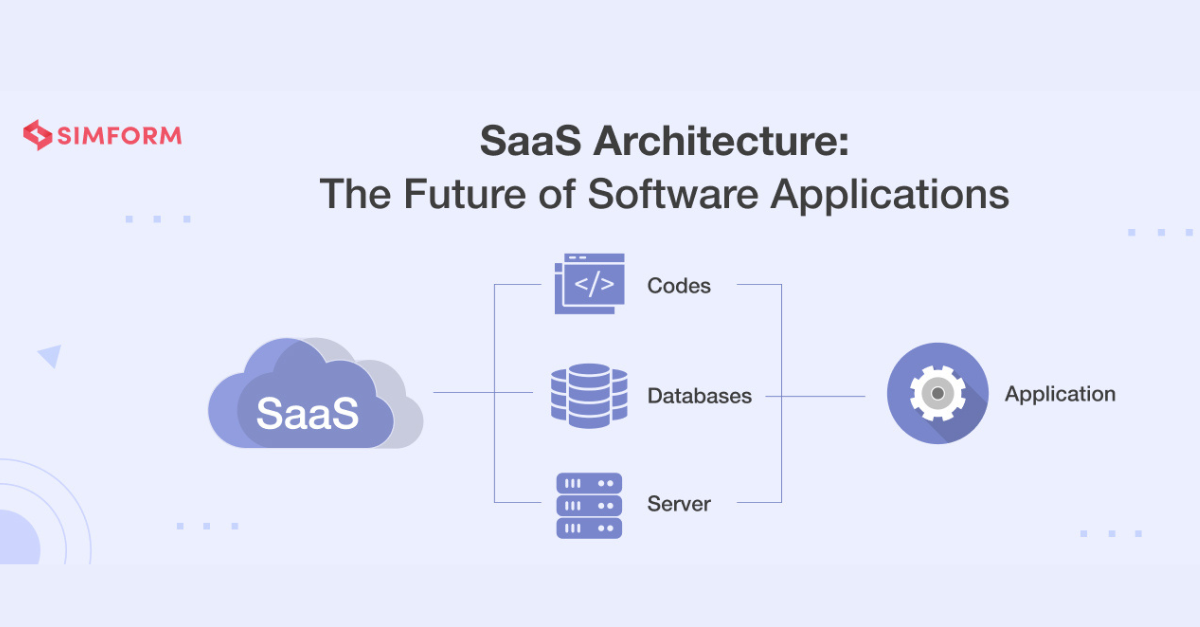Ever wondered what makes your favorite software-as-a-service (SaaS) application tick? Behind that user-friendly interface lies a complex and dynamic “SaaS environment,” the invisible ecosystem that powers everything from your CRM to your project management tool. This environment encompasses not just the software itself, but also the underlying infrastructure, the security protocols, the development practices, and the operational strategies that keep it all running smoothly.
Understanding this environment is critical, whether you’re a developer building the next great SaaS platform, a business relying on these services for daily operations, or simply a curious user. In this article, we’ll demystify the SaaS environment, exploring its key components, the challenges it presents, and the best practices for managing it effectively.
Get ready to unlock the secrets of the cloud and gain a deeper appreciation for the technology that’s transforming the way we work and interact with software.
Understanding the SaaS Environment: A Comprehensive Guide
What Exactly Is a SaaS Environment?
So, what are we actually talking about when we discuss a SaaS environment? Simply put, it’s the digital ecosystem where Software as a Service (SaaS) applications live and breathe.
Imagine a bustling city, where different services like restaurants, shops, and entertainment venues all exist within a shared infrastructure. A SaaS environment operates similarly.
Instead of physical locations, think of various cloud-based applications like CRM tools, project management platforms, or marketing automation software residing in this shared space. These applications are readily accessible to users over the internet.
It’s a hosted realm, generally managed by the vendor, giving users quick access to software without dealing with installation hassles. You just log in and get to work! It is that simple.
Key Components of a Robust SaaS Environment
A strong SaaS environment isn’t just about throwing some software onto a server. Several key components work together to make it secure, reliable, and efficient.
At the core, you have the infrastructure – the servers, networking gear, and data centers that host the applications. This needs to be rock-solid, with redundancy built in.
Next comes the platform, which includes the operating systems, databases, and middleware that allow the software to function correctly. Updates and management of this platform are handled by the SaaS provider.
Security measures are crucial, like firewalls, intrusion detection systems, and regular security audits. Data encryption, both in transit and at rest, is an absolute must in this kind of environment.
Finally, robust monitoring and management tools are essential for tracking performance, identifying issues, and ensuring everything runs smoothly. Proactive maintenance keeps the system healthy.
Benefits of Leveraging a SaaS Environment

Why are so many businesses flocking to SaaS? The answer is simple: the advantages are numerous and compelling. Cost savings are a major draw.
There are no hefty upfront licensing fees or expensive hardware to purchase and maintain. You pay a subscription, making it easier to budget and manage IT expenses.
Scalability is another significant benefit. As your business grows, you can easily add more users or features without needing to invest in additional infrastructure. The vendor takes care of scaling resources as needed.
Plus, access is available from anywhere with an internet connection. This flexibility is invaluable for remote teams and businesses with multiple locations, improving collaboration. No matter the location, SaaS gives you access.
Updates and maintenance are handled by the provider, so you don’t have to worry about patching software or dealing with server downtime. This frees up your IT team to focus on other strategic initiatives.
Challenges and Considerations in a SaaS Environment
While SaaS offers amazing upsides, awareness about the downsides is important. One key issue is vendor lock-in. Moving your data and applications to a new provider can be complex and time-consuming.
Data security and privacy are paramount concerns. You need to trust that your SaaS provider has robust security measures in place to protect your sensitive information. Check their compliance certifications carefully.
Dependence on internet connectivity is another factor to consider. If your internet connection goes down, you won’t be able to access your SaaS applications. Having a backup plan is essential. Therefore, a plan to access the app is a good idea.
Performance can also be a challenge, especially if the vendor’s infrastructure is overloaded. Monitor your application performance and hold your provider accountable for meeting service level agreements (SLAs). Regularly check your provider and their performance.
Best Practices for Managing Your SaaS Environment
Even though the vendor manages most of the infrastructure, there are still steps you can take to optimize your SaaS environment. Start with carefully managing user access and permissions.
Ensure that only authorized personnel have access to sensitive data and applications. Implement strong password policies and multi-factor authentication for added security. Secure passwords are a must!
Regularly monitor your SaaS usage and identify any underutilized or redundant applications. This can help you cut costs and streamline your IT portfolio. Keep an eye on your usage, at all times.
Establish clear data backup and recovery procedures. Even though the vendor handles backups, it’s a good idea to have your own backup strategy in place, just in case. Plan for data backup, just in case.
Finally, foster strong communication with your SaaS provider. Stay informed about upcoming updates, security patches, and any planned maintenance. Strong communication is key.